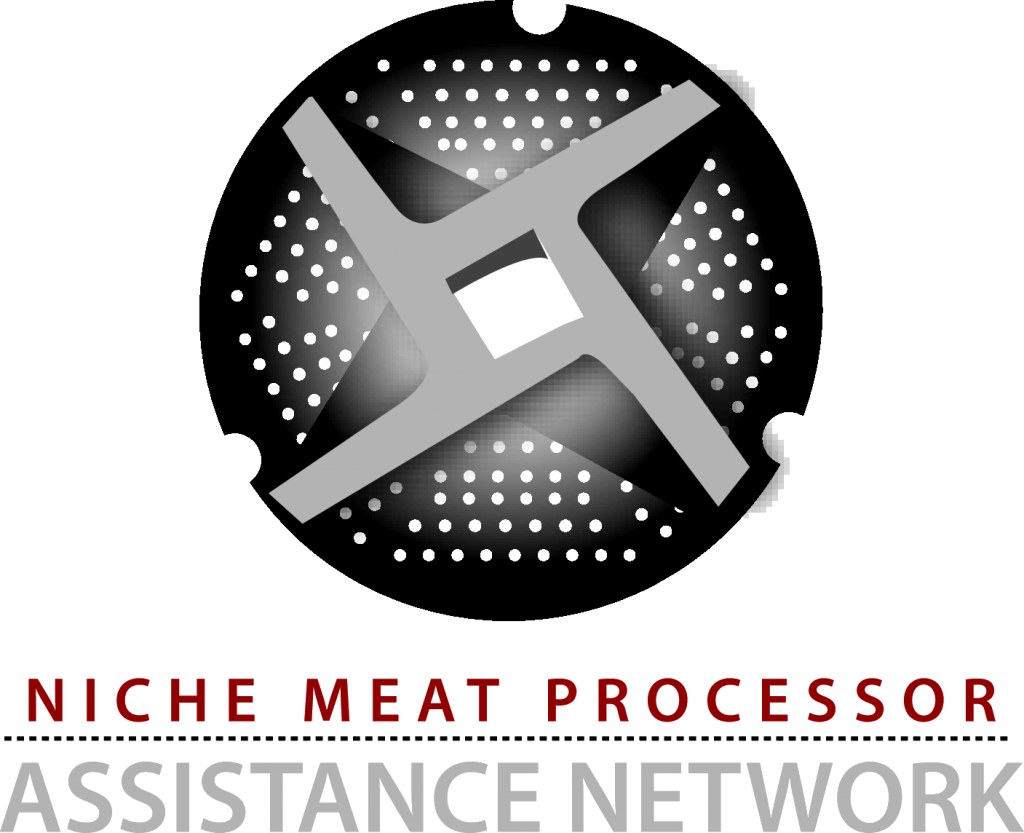Here we offer references to the regulatory requirements around humane handling in connection with slaughter and describe one mobile unit’s experience with a humane slaughter audit.
Regulatory Requirements and Guidance
For a USDA-inspected slaughter facility, mobile or fixed, the requirements for humane handling in connection with slaughter are spelled out in the Humane Methods of Slaughter Act (9 CFR 313) and are under FSIS jurisdiction.
In addition to the HMSA, FSIS recently issued a notice, “Humane Handling and Slaughter Requirements and the Merits of a Systematic Approach to Meet Such Requirements”, which includes a Standard Operating Procedure (SOP) that employees and livestock owners can sign stating that they understand Humane Handling requirements.
Facilities are encouraged, though not required (as of March 2010) to adopt the suggested systematic approach.
FSIS provides additional guidance in this booklet, “Humane Handling of Livestock and Poultry”.
The Humane Slaughter Audit: One Mobile Unit’s Experience
The Coast Grown Mobile Harvest Unit, a USDA-inspected MSU operating in the Central Coast area of California, had their first humane slaughter audit in the summer of 2009. It was their 9th operating day, and they had harvested 32 animals total since beginning operations under inspection.
The audit was performed by the Veterinary Medical Specialist for USDA’s Alameda District, who serves as the district’s humane handling inspector.
The frequency of audits depends in part on volume, how many animals are handled by the plant. Based on the Coast Grown MSU’s volume, the former MSU coordinator, Deb Garrison, expects an audit about once per year. However, they certainly always must be ready for an audit at any time.
The Audit Process
The vet observed the entire process, from ante-mortem inspection through sticking for bleed-out, for three animals. “They are really watching you with a microscope on how you’re treating the animals prior to stick,” Deb says.
During ante-mortem inspection, the vet wanted to assure that the animals had shade and were at rest. When the butcher and helper led the animal up through the alleyway into the stun box, she checked that they were moving the animal quietly and did not use electric prods (they used their caps), and that all areas where the animal walked were non-slip surfaces.
After the stun, the vet wanted to see that the butcher was checking for sensitivity, before the stick, by tapping the eyeball (if nothing happens, the animal is insensitive).
Audit Results
Overall, the vet was satisfied with what she saw. She was particularly impressed with the butcher’s patience and skill during stunning. He waited a full 20 minutes, while the steer moved his head up and down repeatedly, until the steer’s head was in the right position to stun and then did it perfectly.
The vet had two concerns:
The first was the size of the knock box at that ranch: it was too wide for the small steer they slaughtered that day, so he had too much room to move around, and the butcher could have missed the stun on the first try. The vet suggested that for smaller animals, in that knock box, they put in a tire or two, to reduce space to move.
The second was where the butcher stuck the animal for bleed-out: the vet recommended he move down into the jugular, down and to the left. This good advice really helped the butcher, who did much better after that. A cleaner bleed means better meat quality.
Recommendations
In her report, sent in a follow-up email, the vet recommended Coast Grown do the following:
- Write a Standard Operating Procedure (SOP) for humane slaughter and a separate SOP for humane handling (before slaughter); these SOPs would allow any butcher, if not familiar with the MSU, to know exactly what to do and what is required.
- Hold an annual humane handling training session for all MSU employees and, perhaps, for ranchers who use the MSU.
- Document (e.g. through the training sessions) that all staff understands 9 CFR 313, “Humane Slaughter of Livestock.”
- Conduct regular self-audits on humane handling and slaughter.
The vet also sent them the FSIS notice referenced above, “Humane Handling and Slaughter Requirements and the Merits of a Systematic Approach to Meet Such Requirements”, and the AMI Animal Handling & Audit Guidelines written in collaboration with Dr. Temple Grandin.


